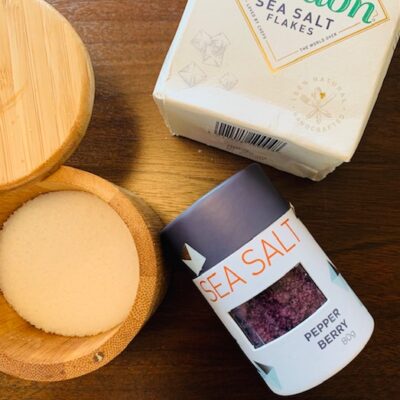a bit about rice

In one of our earliest cooking club meetings, we made a basic rice. Though we followed a recipe, the interesting point was that everyone had their own way of making rice. Some rinsed it until clear, others soaked in before boiling, or even cooked it similar to pasta with a great deal of water in which was later drained.
Not only are there many ways to make rice, there are many different types of rice and often it’s really confusing. Believe it or not 90% of rice is grown in Asia, about one-third of the world’s population is dependent on rice as a staple food, and there are 40,000 different types of rice grown all over the world.
Rice categories
Thankfully, categorizing rice has been made easy, and is divided into three broad characteristics: short grain, medium grain and long grain. Each different size is best used for different dishes.
Long grain rice
Distinguished by its length being 3 to 5 times its width and labeled as long grain, jasmine or basmati. Jasmine and basmati rices are also called aromatic rice due to their slight fragrance- basmati being more “green’ and often more “sticky or gummy.” Long grain rices are low in starch, best rinsed before cooking and basmati is common in Indian food compared to Jasmine in Asian. Rice labeled “long grain” can be used in any dish though it is not aromatic meaning it will not complement, enhance or compete with flavors in a dish.
Medium grain rice
Contains more starch compared to long grain rice but is not as sticky as short grain. Medium grain rice is most often what labelled as “risotto”, “arborio” of “carnaroli” rice for making a risotti. These rice tend to require a longer cooking time to slowly release the starch yielding a creamy texture. It then becomes more glutinous and clumpy when cooled. Left over risotti is not very good, and often formed into balls around a piece of mozzarella, then breaded and fried to make “arancini” for lunch or pre dinner “aperitivo.”
Short grain rice
A sticky rice that can be labelled as “sticky” rice, “sushi rice” or “Japanese short grain.” Aside from being used for sticky rices in Japanese food, especially sushi, it is often found in paella and rice puddings.
Since each rice is quite different in characteristics, substituting one rice of the other is not recommended and will produce results that are disappointing. If you understand the basic categories, reading the myriad of different labels hopefully gets a great deal easier.



